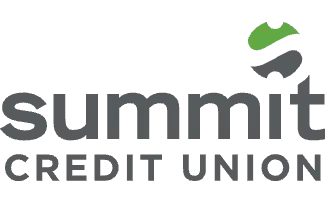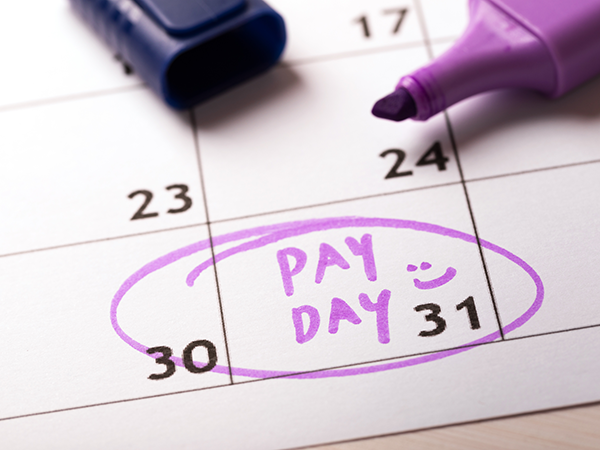Guide To Financial Confidence
Financial Education
Tick. Tick. Tick. Counting Down The Seconds Until Your Next Paycheck?
Budgeting
Digital Banking
You can do it—here’s how!
-
When your bills are due and how much they’re for. -
When you’re paid and the amount you’re taking home each paycheck. -
When you tend to grocery shop and run errands and approximately how much you spend each time.
-
Contact your utility/service providers and see if you can switch your payment due date to your other pay period. -
Create your own artificial due date.
-
Divide each bill amount in half. -
Open a sub savings account in online banking. -
Create an automatic transfer on the days you get paid and put the cash to pay half of each bill into this account. Bam! That money is safely tucked away and you’ll have a more realistic idea of what you can really afford to save and spend each paycheck. -
Time to pay a bill? The money is already in the sub savings account, just transfer it back into checking.

What To Do If You Can’t Pay A Bill

Helping Our Communities, One Person At A Time.

Tips for Managing Money and Paying Off Student Debt After Graduation

How to Protect Yourself From New Scams

5 Ways To Save Money During The Holidays

How To Protect Yourself From Common Scams

5 Self-care Ideas To Manage Stress This Holiday Season

5 Tips To Your Home Improvement Sweet Spots





Featured Products
Financial Education
About
Help & Support





Stay on SummitCreditUnion.com
Go
Consumer Financial Protection Bureau's website.




